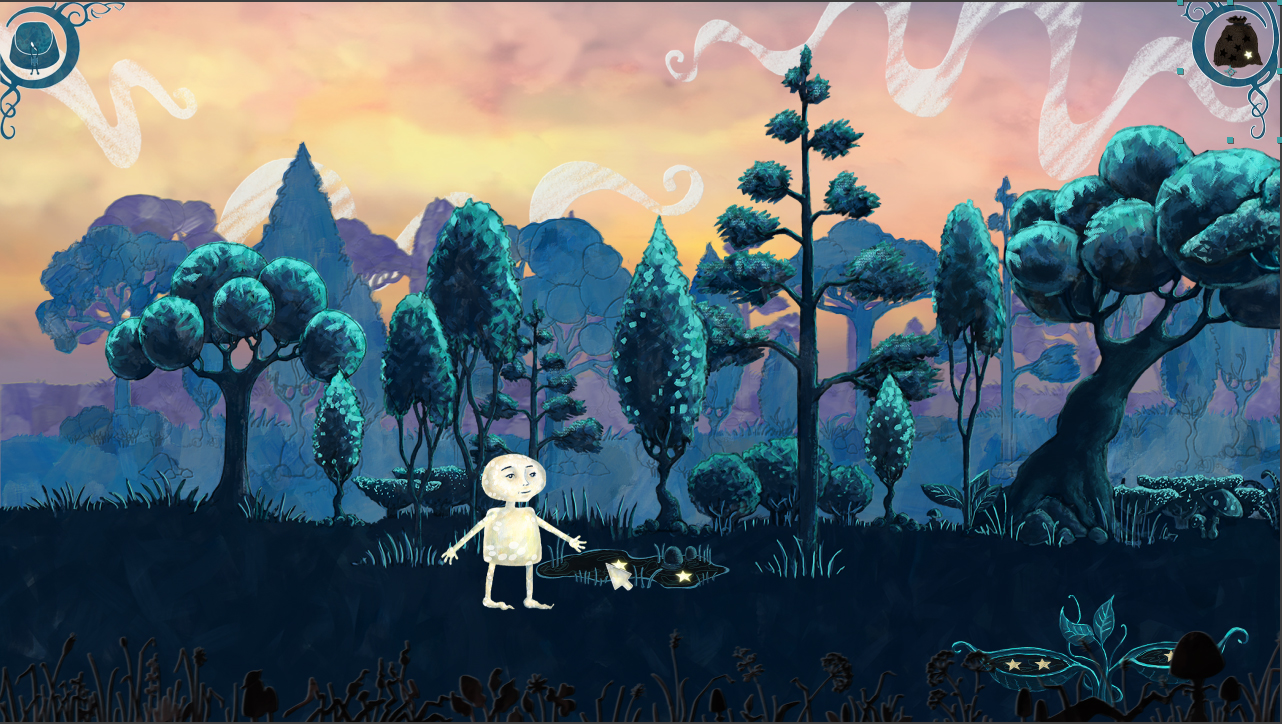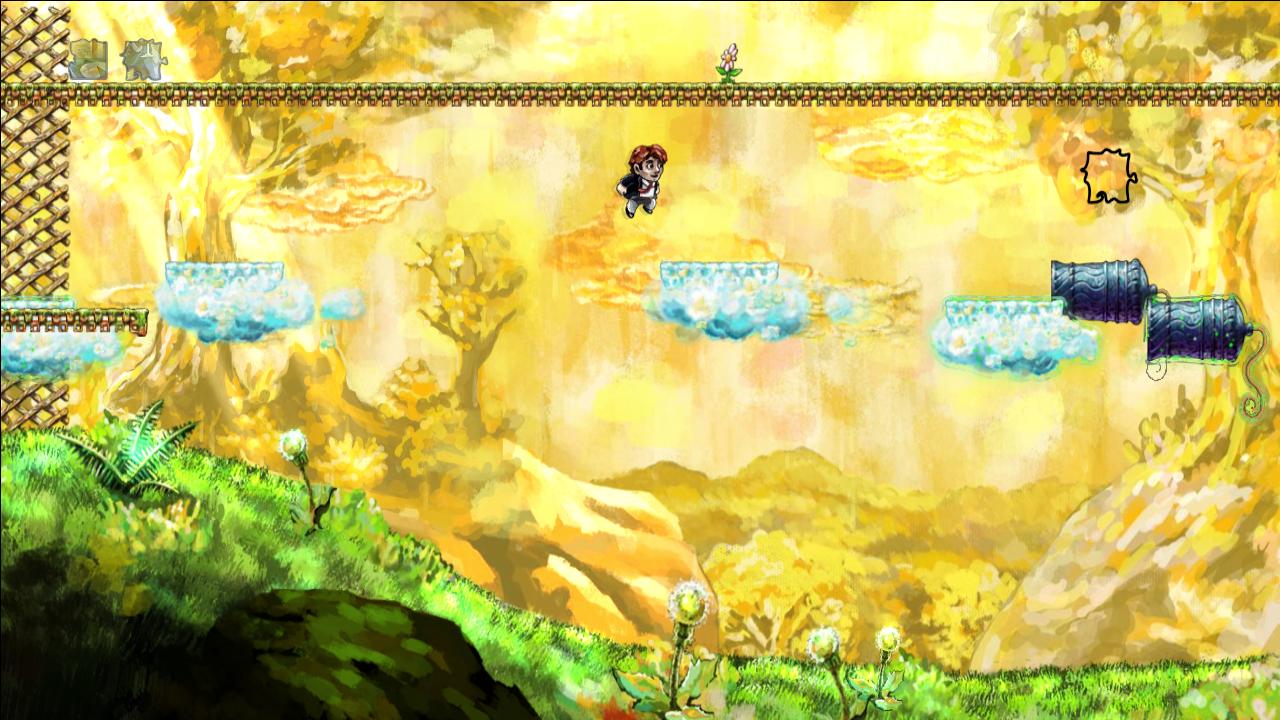I have also been working on my practical stuff with an odd interruption now and again to sort either the submission materials or things related to exposition. I have also asked a friend of mine to start proof reading some dissertation material which is a great help.
Tomorrow is 12th of May and my first submission is due by 4pm. So far I have been concentrating on getting my practical stuff ready. I was not a 100% sure on what I should concentrate so chose to improve an overall environment art and then just try and implement everything in to a gameplay video created by Adobe After Effects since most of the lecturers seem to always stress the interactivy part of the art within games.
In my opinion an updated environment art (see image below) looks better now as I have polished the overall look and introduced a lot of details, like texture, various patterns etc (see images below).
In my opinion an updated environment art (see image below) looks better now as I have polished the overall look and introduced a lot of details, like texture, various patterns etc (see images below).
Overall look of the game art (above)
Texture application method using Emboss Layer (image above)
A lot of the basic texture came through the use of digital brushes that replicate traditional media look (image above).
I have used Texture brush settings to give canvas look (see image above)and stayed away from applying texture on top of everything mainly because in previous tests it looked quite unnatural and too overpowering.
To address the composition seen on a screen during gameplay, a variety of different shapes were introduced in the form of trees and bushes (marked in yellow), a rolling forest and foreground edge (marked in red) to give more variety and guidance for the eye. The forest line has also been intersected by a few curvy cloud lines (marked in green).
The onscreen image had also been broken in to four tone bands which balance an overall view (top and bottom): the lightness of the sky is counterbalanced by the dark middle ground at the bottom of the screen and protruding shadowy foreground elements are offset by the very bright clouds at the top of the screen. (see image below)
The onscreen image had also been broken in to four tone bands which balance an overall view (top and bottom): the lightness of the sky is counterbalanced by the dark middle ground at the bottom of the screen and protruding shadowy foreground elements are offset by the very bright clouds at the top of the screen. (see image below)
I have also finished UI design. Not a 100% happy with it but I am really pressed for time and this is the best I can come up with (see image below).
UI in game with inventory window closed (image above)
At the moment still working on the gameplay video, but I am sure it will not be fully completed by Monday 4pm. I chose to concentrate on showing the art rather than animations (e.g. character walking) and gameplay since the whole idea of my project is the about the look of the art and prove that it can work within a game environment. Animations would be a great thing to have but I do not have time to complete it atm.
That brings me to another point- presentation and an exposition next week. I will try to complete and polish the gameplay video for both of them. That means that I will continue doing my practical work after the dissertation hand in is done. I hope having things completed or nearly completed would help with my presentation as well as exhibition as I will be marked for both of them and I would like to get the best mark I can. I would love to have a chance to have an option of doing Masters later on.
I have also moved forward with promotional stuff I need to have for exposition. On Wednesday I have ordered 100 mini business cards with a range of different designs taken from my final project piece and a few postcards (see images below). Both of them should arrive by the 16th of May so it gives plenty time before the exhibition.
And The Conclusion: how do I feel about my honours year project?...
I feel really happy that I have chosen this topic because it is of interest to me as well as I think it is one of the next steps the 2D videogame art is already taking (Braid by Jonathan Blow, Amanita design games and this month’s new release from Ubisoft 'The Child of Light'). I think the art of 2D video games is still evolving and has a long way to go. I feel it is time to try and give more choice and perhaps more quality for the videogame players. With my project I have only scratched the very surface of the topic and there is so much still left to explore. Feeling passionate about it has definitely made me more determined and more stubborn to try and do my very best, but at this moment in time I feel very tired and need to have a little break to rest and to think what I am going to do next. I still love videogames and certainly want to do something meaningful. Around 7 years ago I have made a conscious choice to change my life and pursue my goal of creating art again and I am not done yet. Hell!!! I have just started and have a long way to go and I know, I will find things to do: I want to continue improving my art, learn a bit of programming which would hopefully help me to create my own games and I will look for likeminded people to team up and create things; things that matter.

























































